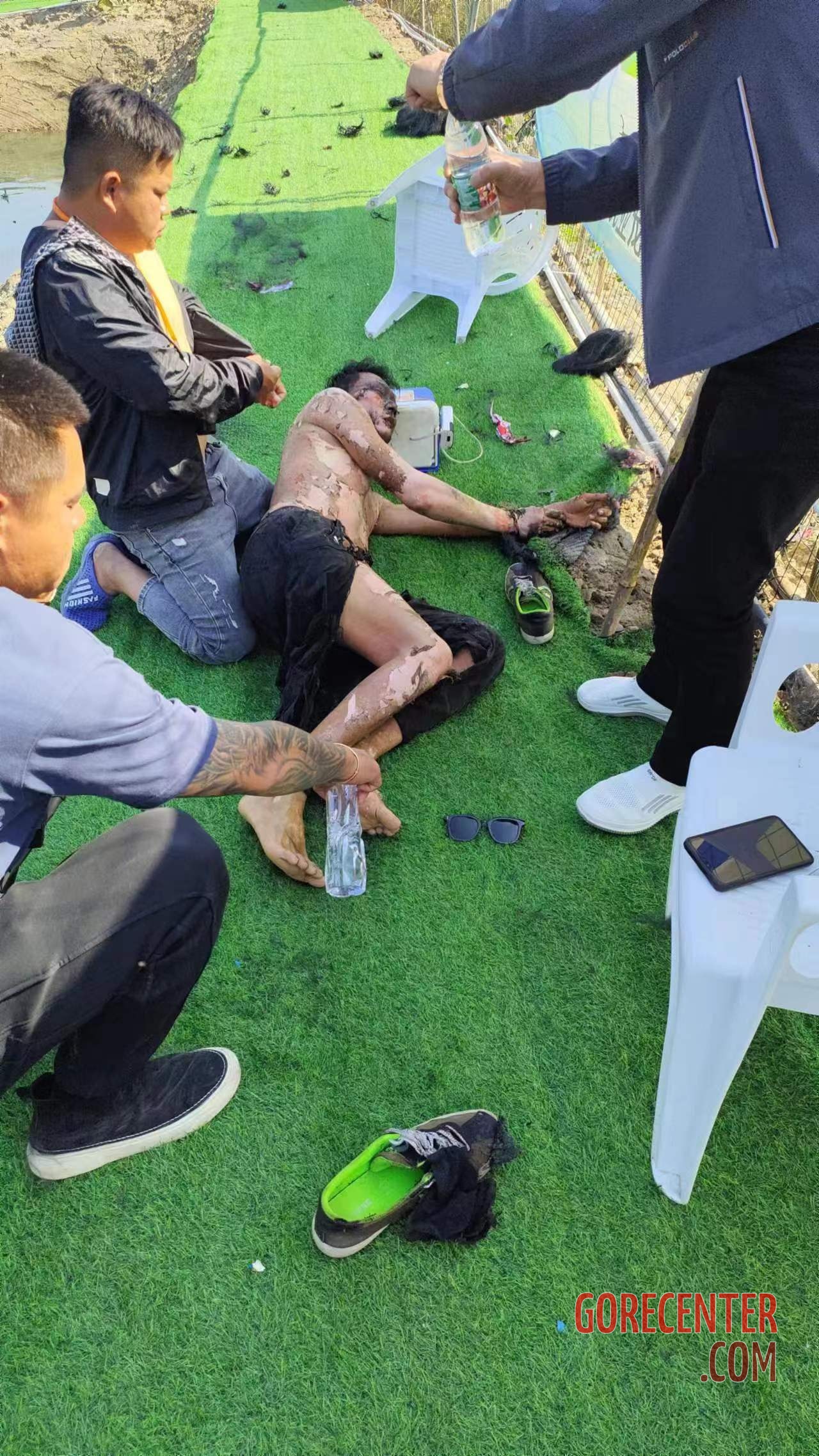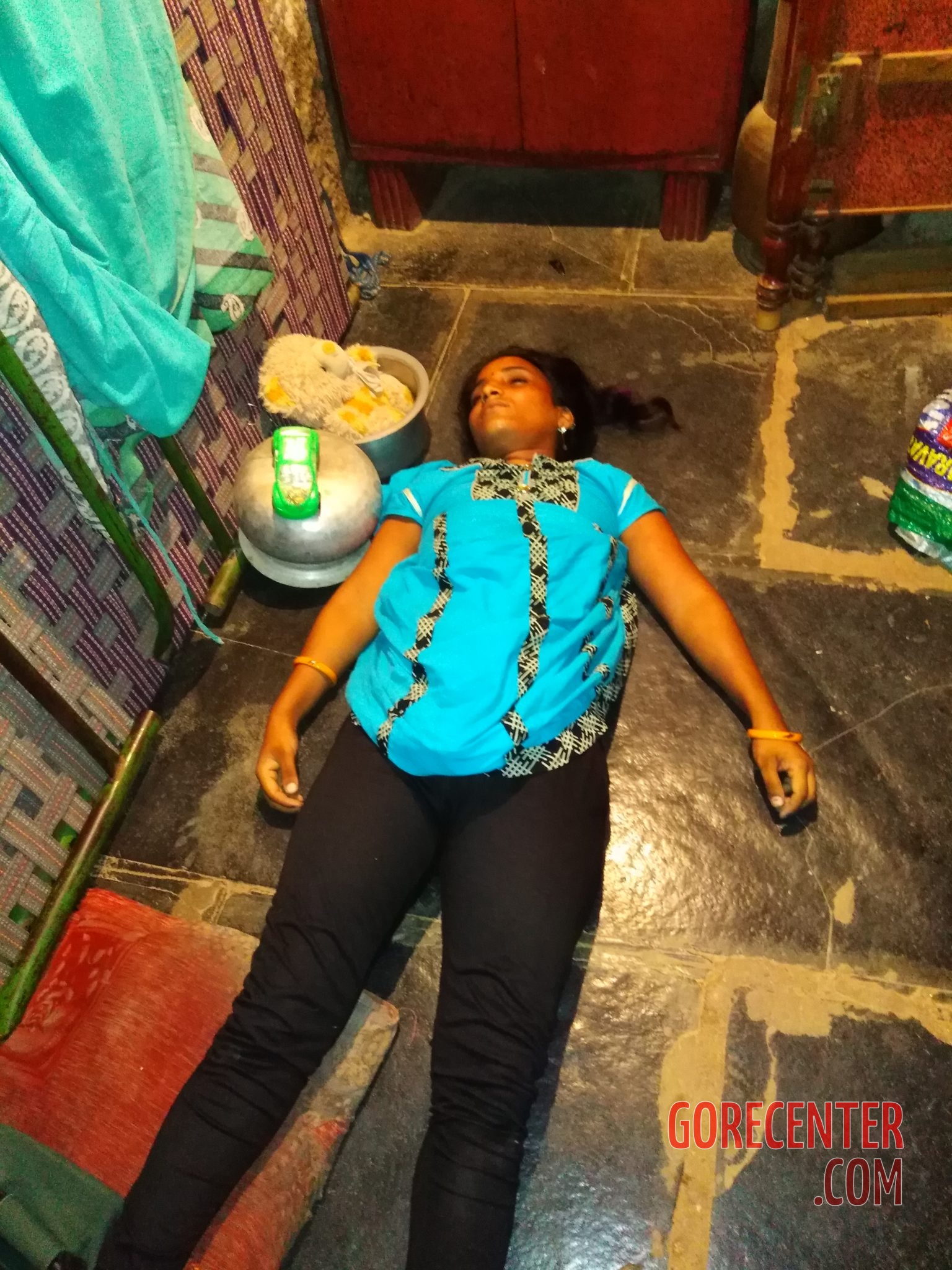Gore Videos: Uncensored Reality - Viewer Discretion Advised
Is there a place for unfiltered reality in our sanitized digital lives? The proliferation of graphic content online, from the mundane to the macabre, forces us to confront the uncomfortable truths of human existence, for better or for worse.
The digital age has irrevocably changed how we consume information and experience the world. Platforms like gorecenter.com and Livegore, alongside countless other websites and forums, offer access to content that was once relegated to the fringes of society. These sites, often attracting a niche audience with a morbid fascination for the dark corners of human experience, provide access to videos, images, and discussions surrounding violence, death, and the unsettling realities of true crime. It is a space where the line between observation and participation can become frighteningly blurred, raising complex questions about censorship, freedom of expression, and the impact of such content on our collective psyche.
The very existence of these platforms prompts reflection on the nature of human curiosity and the voyeuristic tendencies that may lie within us all. For those who choose to engage, the content is presented with a stark lack of embellishment. The sites themselves typically provide a warning, a frank acknowledgement of the graphic nature of the material, and a clear message that the content is not intended for all viewers. This is further reinforced by disclaimers emphasizing user responsibility and the limitations of the platforms themselves, which frequently assert that the content is user-generated and not always verified for accuracy.
One particularly grim example is the Funky Town video, also known as funkytown which gained notoriety, circulating across the internet. It is a brutal depiction of a man tortured by members of a Mexican drug cartel, the inhumane actions carried out with a chilling precision. The incident is a stark reminder of the extreme violence that can exist within the world. The incident, according to reports, took place in the context of the ongoing Mexican Drug War. Such videos, though rare, are a horrifying illustration of the brutality of organized crime and its destructive impact on individuals and communities. They serve as a raw and unfiltered look at the darkest aspects of human behavior, prompting a debate about the ethics of such content.
The collection also features reports from around the world. An example is of the initial examination of a deceased young Chinese woman, with photos that offer a glimpse into the grim realities of mortality. These images, possibly originating from a rural area, reflect the stark conditions of the facilities. The images serve to underscore the global scope of the issues and the varying standards of dealing with such events.
Here is a table providing basic information regarding a hypothetical case of a fallen female Kurdish PKK fighter. (Note: This information is for illustrative purposes only and is based on a hypothetical scenario derived from the provided text. No actual individual is identified or targeted.):
| Category | Details |
|---|---|
| Name (Hypothetical) | Avesta Baran (Example - this is a fictional name) |
| Affiliation (Hypothetical) | PKK (Kurdistan Workers' Party) - Assuming she was a member |
| Circumstances (Hypothetical) | Killed in action, captured, or a victim of targeted violence (Based on scenario provided in text) |
| Location (Hypothetical) | Eastern Turkey, Northern Iraq, or Northern Syria (depending on PKK activity and the hypothetical scenario) |
| Details of Incident (Hypothetical) | Vary depending on the source. This scenario can refer to the one of the case of a sexual assault, a violation of human rights, or the broader context of the conflict. (Refer to details in the text for the basis) |
| Related Themes (Hypothetical) | Conflict, Human Rights, Violence, Political Activism, Gender-based violence (depending on the hypothetical scenario) |
| Potential Legal/Ethical Concerns | Reporting of violence, Misrepresentation, and the ethical considerations of distributing and displaying such content online. |
| Reference | Wikipedia - Kurdistan Workers' Party (for context on the PKK) |
The content of these sites is not confined to a singular theme. They encompass a wide range of grim topics. This includes the tragic case of the Indian man who set himself alight, a graphic demonstration of despair and a desperate act of self-destruction. There are other examples like the executions carried out by drug cartels, including beheadings and mutilation. These events, documented on video, offer a stark look at the brutality prevalent in some regions of the world.
Furthermore, the site has documentation of a suicide in which a woman live-streamed her death to Facebook. The raw footage, recorded from a viewer's phone, captures the emotional distress of her friends in real-time. This underscores the impact of social media on mental health and the complexities of online interaction.
Another example illustrates the dangers of online platforms and the potential for exploitation. The story involves a young girl being subjected to severe bullying and violence, captured on video and published online for the purpose of public humiliation. The incident led to the creation of content that could lead to suicide. The lack of intervention from authorities is a stark reminder of the real-world impact of online harassment and the importance of preventative measures.
These online platforms operate in a space where the traditional gatekeepers of information editors, fact-checkers, and regulators have limited influence. The content is maintained by other users, who upload and share content. gorecenter.com, for instance, states its inability to guarantee the quality or veracity of the content. The lack of censorship in comments sections, where users express their opinions, further highlights this aspect. This contributes to the dissemination of unverified information, opinions, and potentially harmful content.
The sites also act as a hub for commentary. The content offered often includes reviews of gore movies and horror video games. Gorecenter, for example, provides coverage of horror video games, frightening stories, horror news, and exclusive events for fans of the genre. This highlights a specific type of community, who find enjoyment and interest in violent and disturbing content. This begs the question of the role of such content in the entertainment industry.
The terms of use of these platforms are typically very clear, as users acknowledge that they are about to enter a site that displays violence, death, sex, and foul language. This acknowledgement is intended to protect the site from liability and to limit its audience to those who are not easily offended by such content. Furthermore, the sites often warn that they are not for everyone and may feature content that is disturbing or offensive to some.
The existence of these platforms raises several critical questions. Should these sites be held accountable for the content hosted on their platforms? What are the ethical implications of distributing such graphic material? How does the consumption of such content affect our perceptions of violence and death? What role should governments and social media companies play in regulating the spread of such content? There is a critical need for a broader societal discussion on these topics. This is a complex issue that requires careful consideration of freedom of speech, user safety, and the responsibility of online platforms.
The issue isn't just about the content itself but also the context in which it is presented. The lack of context and the focus on shock value often overshadow the underlying stories and the human suffering at the heart of these events. In many cases, the victims of these acts are dehumanized, reduced to mere objects of spectacle.
The platforms are frequently scrutinized, and at times, blacklisted by online directories. This is due to the content which might be deemed as offensive, or even illegal. The tagging also indicates the level of scrutiny being given to these types of sites.
The user's experience is often the main point of interest, as the sites aim to provide shock and thrill, and it is important to note the perspective the users bring to the content.
The challenges of managing such content are significant. They include content moderation, the verification of user-generated content, and the ever-present risks of being targeted by those seeking to exploit or spread malicious material. The landscape of online content is rapidly changing, and the development of new technologies continues to pose further difficulties.
It should be mentioned that there is zero tolerance for child pornography. In addition to the above the site usually also provides contact information, if someone has any complaints.
In conclusion, the phenomenon of sites dedicated to graphic content serves as a powerful reminder of the complexities and challenges of the digital age. They expose the raw edges of human existence and provide a space to reflect on our relationship with violence, death, and the darker aspects of our world. By providing access to these issues, it is possible to provoke thoughts about our digital world and its impact on society. The questions raised by these platforms force us to confront the uncomfortable truths of human behavior and the responsibilities of creating and consuming content in an increasingly interconnected world.



Detail Author:
- Name : Glen Hessel III
- Email : xhagenes@frami.com
- Birthdate : 1973-08-31
- Address : 582 Abigayle Forks New Hilma, KY 01051
- Phone : (571) 397-9394
- Company : Welch-Lind
- Job : Claims Taker
- Bio : Et sunt commodi quibusdam repellat sequi quod. Natus voluptas reiciendis tempore quia quos sunt. Aliquam dolorem et non quis.